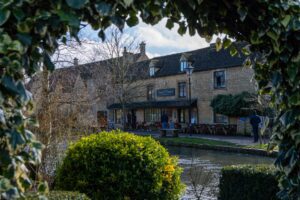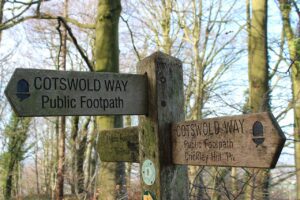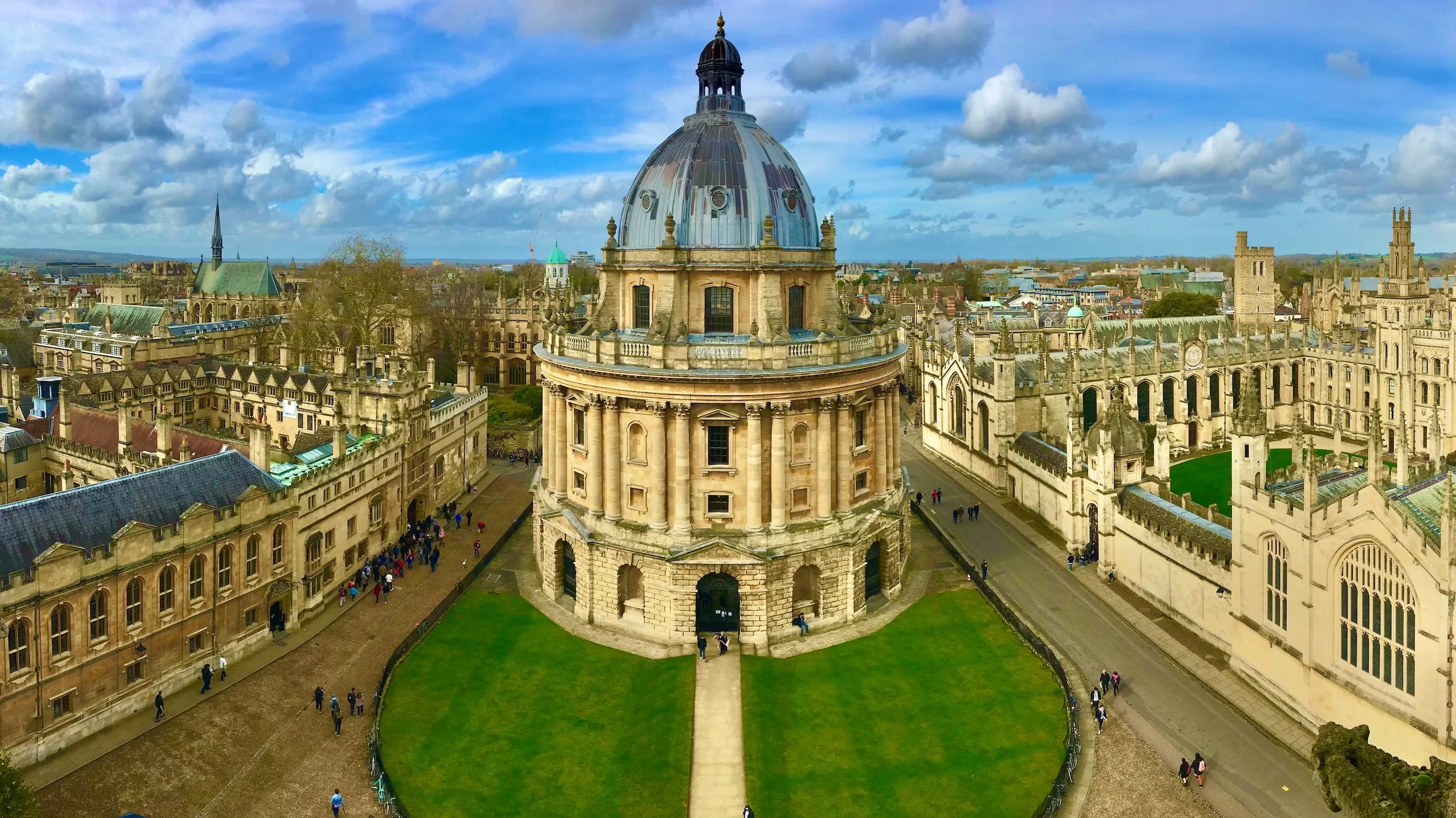
The Enchanted City: Attractions and places to visit in Oxford
Oxford: A City of Dreaming Spires
Forget dusty museums and stuffy libraries. Oxford’s a living, breathing testament to the power of knowledge. You can roam the ancient halls of Christ Church College, where Harry Potter first donned his wizarding robes, or peek into the Bodleian Library, where centuries of wisdom gather on dusty shelves.
But Oxford’s not just about the past. This vibrant city buzzes with cutting-edge research and innovation. Peek into the Radcliffe Science Library, where groundbreaking discoveries dance on lab benches, or wander through the Oxford Botanic Garden, a kaleidoscope of exotic plants whispering secrets of the natural world.
The best part? You don’t need a doctorate to soak up the magic. Grab a picnic and bask in the sunshine amidst the sprawling meadows of University Parks. Rent a punt and glide down the River Cherwell, past weeping willows and ancient bridges. Or get lost in the labyrinthine alleyways, where quirky shops and cozy pubs beckon with whispers of adventure.
Oxford’s not just a city; it’s an experience. It’s a chance to wander through history, brush shoulders with the future, and discover that the greatest adventures often begin with a single step into the unknown. So lace up your shoes, pack your curiosity, and get ready to be enchanted by the City of Dreaming Spires.
Remember, Oxford’s waiting, with open arms and open minds. Who knows what discoveries await you around the next corner?
History
Founded in the 12th century, Oxford has been a center of learning for over 800 years. The city’s name is thought to derive from the Old English term “Oxenaford,” meaning “oxen’s ford,” a reference to a crossing on the River Cherwell.
Oxford’s growth was accelerated in the 12th century when a dispute between King Henry II and Thomas Becket, the Archbishop of Canterbury, led many English scholars to flee to Oxford from the University of Paris. As the university expanded, so did the city, attracting students and scholars from all over Europe.
In the centuries that followed, Oxford became a major center of intellectual and social change. Students from Oxford played a significant role in the English Renaissance, and the university’s faculty and alumni contributed to many of the scientific and technological advancements of the 17th and 18th centuries.
Today, Oxford is home to the University of Oxford, one of the world’s leading universities, and a thriving city with a rich cultural heritage.
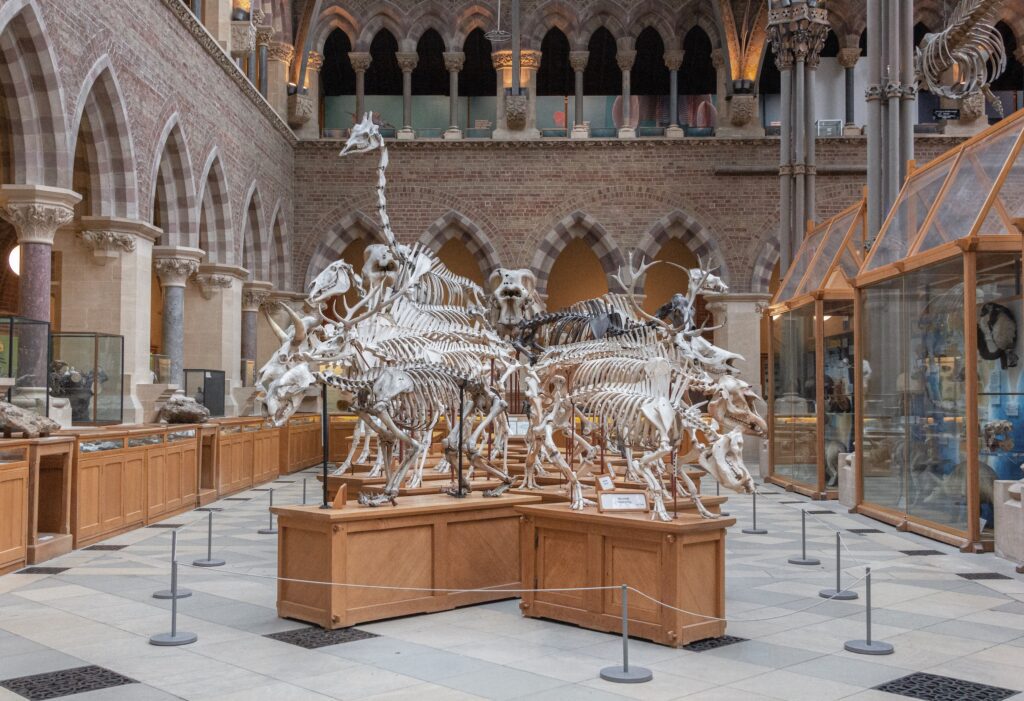
Must-See Museums
Oxford’s museums are a treasure trove of artifacts and exhibits that showcase the city’s rich heritage and diverse academic pursuits. The Ashmolean Museum, one of the oldest museums in the world, houses an extensive collection of art, archaeology, and natural history, including the famous Rosetta Stone.
The Pitt Rivers Museum, housed in the grand Victorian building of the University Museum, displays an eclectic collection of ethnographic and archaeological artifacts from around the globe.
And for those fascinated by science and technology, the Oxford University Museum of Natural History is a must-visit, with its stunning galleries featuring dinosaurs, fossils, and natural wonders from the earth and beyond.
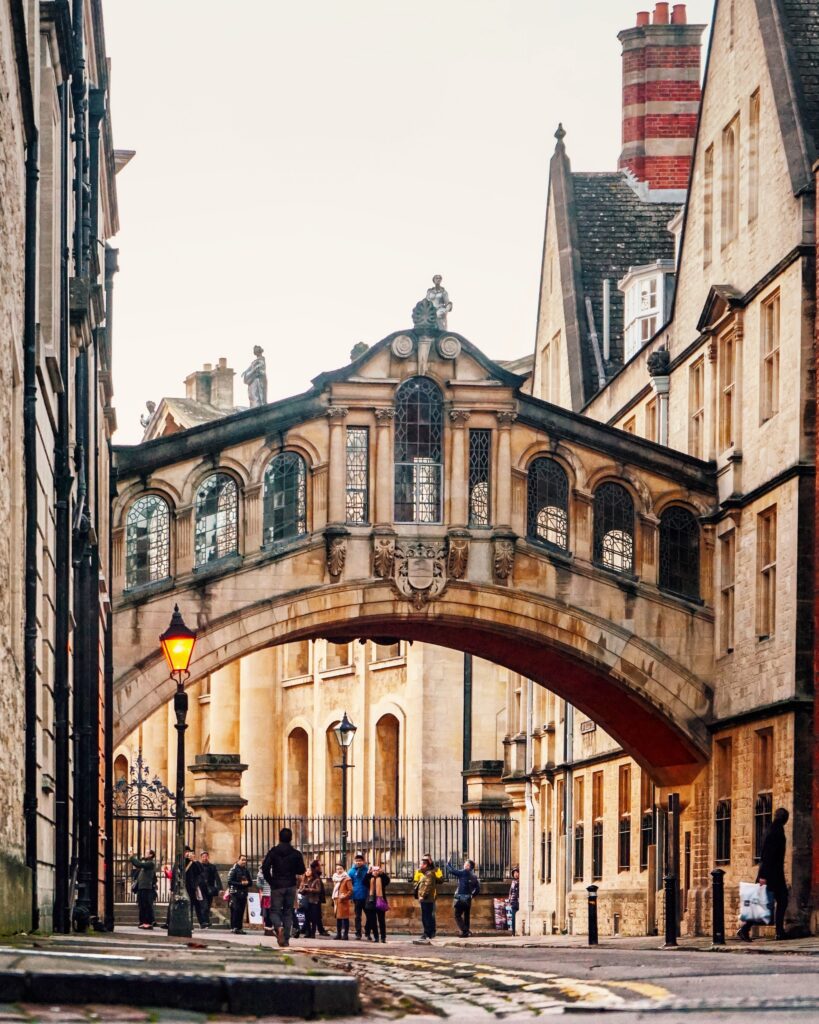
Exploring the University Colleges
Oxford’s university colleges are architectural gems, each with its unique history and character. Stroll through the cobbled streets lined with majestic buildings, and you’ll encounter some of the world’s most famous centers of learning. The Bodleian Library, with its towering tower and hushed reading rooms, is a UNESCO World Heritage Site, housing a vast collection of books and manuscripts dating back centuries. Christ Church, with its grand dining hall and cloisters, is a popular filming location for period dramas. And Magdalen College, with its exquisite chapel and bridge over the River Cherwell, offers breathtaking views of the city.
With over 40 colleges to choose from, Oxford offers a wealth of architectural gems to explore. Here are a few of the must-see colleges:
Christ Church College
One of the largest and most impressive colleges in Oxford, Christ Church is known for its grand dining hall, cloisters, and Tom Tower, a magnificent bell tower. The college was founded in 1546 and has been home to many notable alumni, including Sir Thomas More, John Locke, and William Pitt the Younger.
Magdalen College
Magdalen College is one of the most picturesque colleges in Oxford, with its beautiful chapel, bridge over the River Cherwell, and ancient cloisters. The college was founded in 1458 and has been home to many notable alumni, including Lewis Carroll, Oscar Wilde, and Stephen Hawking.
New College
New College is another stunning example of Oxford’s medieval architecture. The college was founded in 1379 and has been home to many notable alumni, including John Donne, Matthew Arnold, and J.R.R. Tolkien.
All Souls College
All Souls College is a unique college in Oxford, as it does not have undergraduates. The college was founded in 1438 and is a center for graduate study in theology, philosophy, and law.
Trinity College
Trinity College is a relatively modern college, having been founded in 1554. The college is known for its beautiful gardens, which were designed by Christopher Wren.
Merton College
Merton College is one of the oldest colleges in Oxford, having been founded in 1264. The college is known for its eccentric clock tower, and if you wait around, you might catch it chime (which is does every 15 minutes).
Balliol College
Balliol College is one of the most prestigious colleges in Oxford, and has been home to many notable alumni, including John F. Kennedy, Tony Blair, and Bill Clinton. A one we would suggest is well worth a visit.
The Radcliffe Camera
The Radcliffe Camera is not a college, but rather a circular library that was built in the 1740s. The library is open to the public and offers stunning views of Oxford from its rooftop terrace.
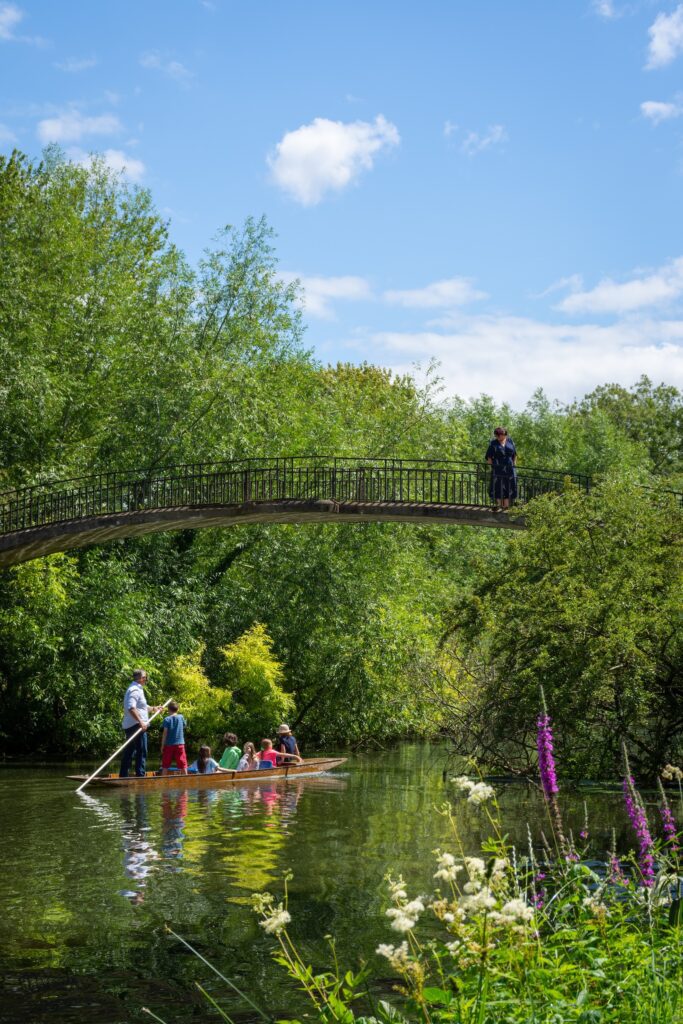
Relaxing in the Parks
Oxford’s parks provide tranquil escapes from the city’s hustle and bustle. Christ Church Meadows, a sprawling expanse of green space, is a popular spot for picnics and leisurely strolls. Port Meadow, a vast common with grazing sheep, offers a glimpse of rural England amidst the urban landscape. And the Oxford Botanic Garden, with its diverse collection of plants from around the world, is a haven for nature lovers.
How to Get to Oxford
Oxford is well-connected by rail, road, and air. If you wan to take the train from London, you can do so from London’s Paddington Station, which takes around 50 minutes, while buses from Victoria Coach Station provide a scenic journey through the countryside. The closest airport is Heathrow and there are regular buses to and from the airport.
Plan Your Oxford Itinerary
With so much to see and do, planning your Oxford itinerary can be a challenge. Here’s a suggested itinerary for a two-day visit:
- Day 1:
- Morning: Explore the historic center, including Christ Church, Magdalen College, and the Radcliffe Camera.
- Afternoon: Visit the Ashmolean Museum or the Pitt Rivers Museum to delve into the city’s rich cultural heritage.
- Evening: Take a leisurely stroll through Christ Church Meadows or enjoy a picnic dinner in Port Meadow.
- Day 2:
- Morning: Visit the University Museum of Natural History to marvel at its collection of natural wonders.
- Afternoon: Take a punting tour along the River Cherwell, and admire the city’s stunning architecture from a different perspective.
- Evening: Enjoy a traditional British pub dinner in the city center, and soak up the lively atmosphere.
With its blend of historical charm, academic excellence, and natural beauty, Oxford offers an unforgettable experience for any traveler. Whether you’re a history buff, an art lover, or a nature enthusiast, Oxford has something to offer everyone. So pack your bags, embrace the spirit of learning, and let the City of Dreaming Spires captivate your senses.

